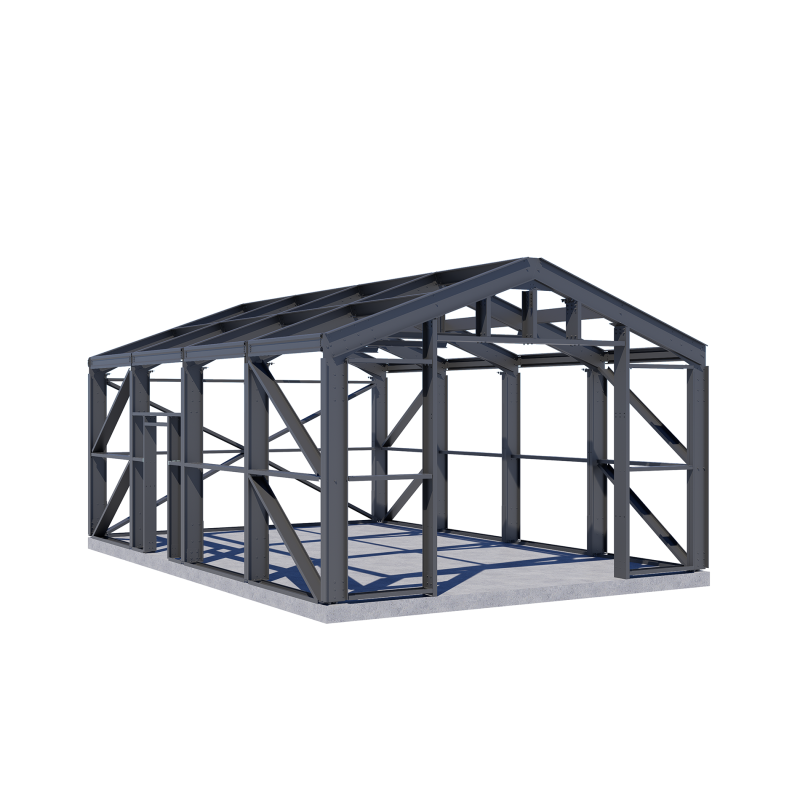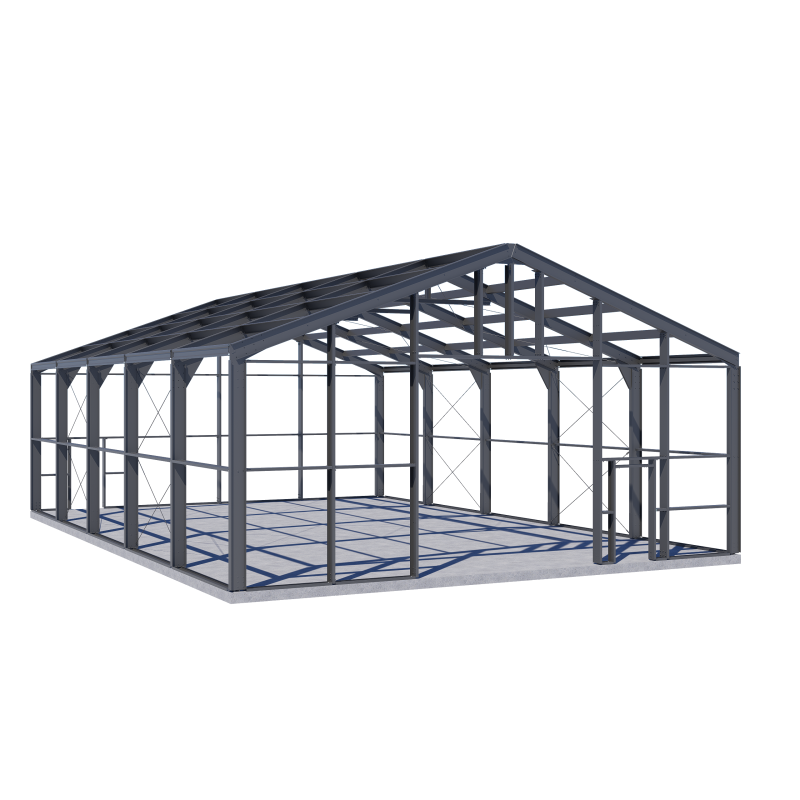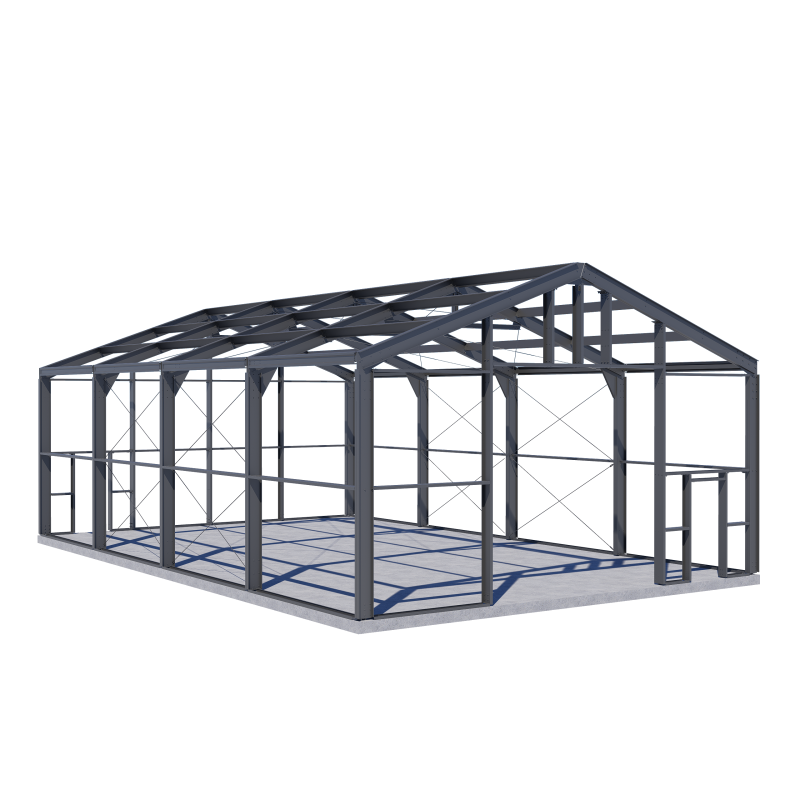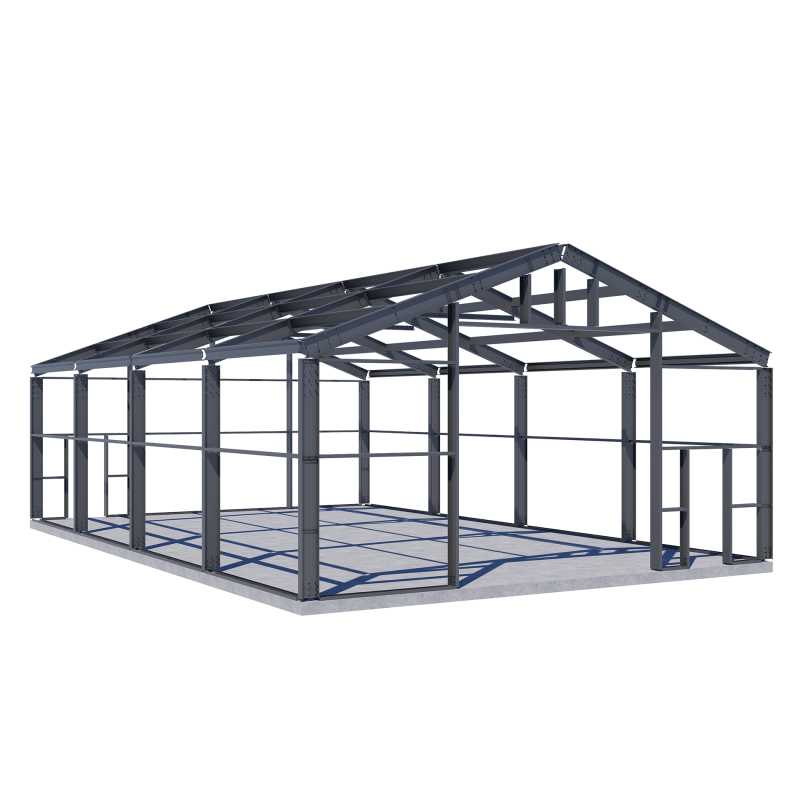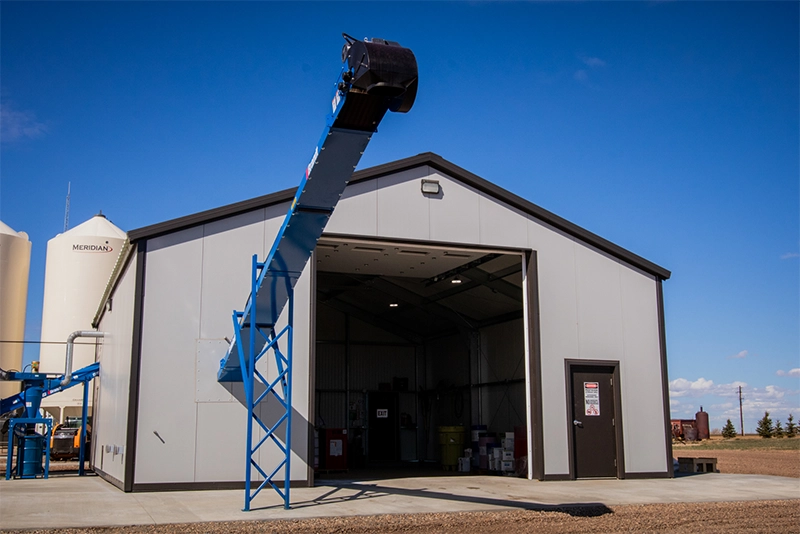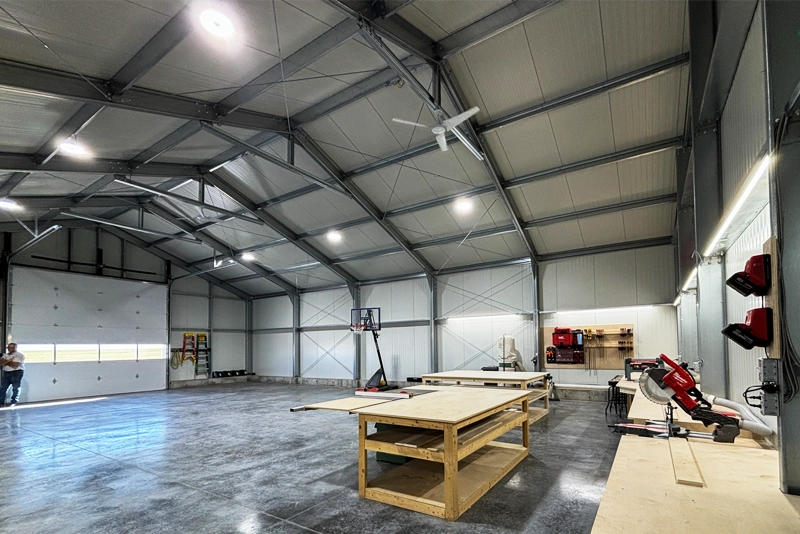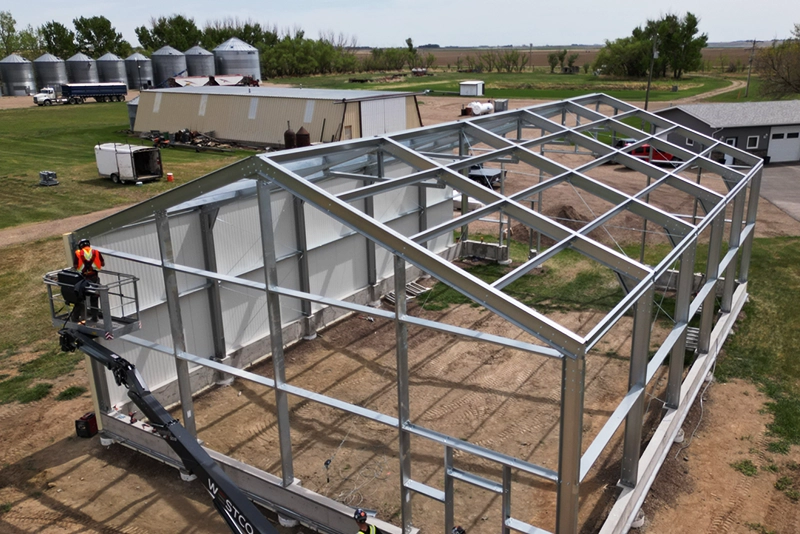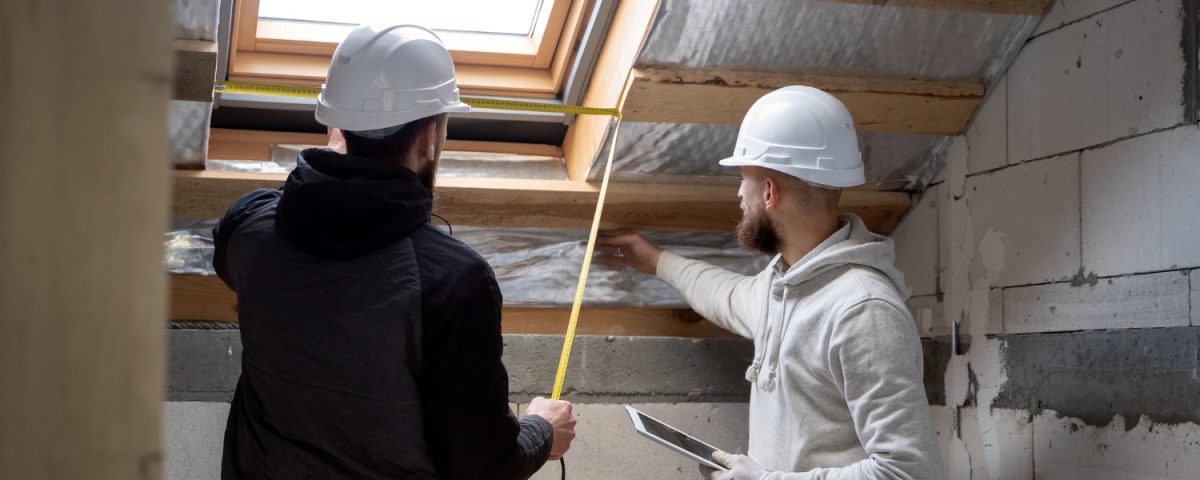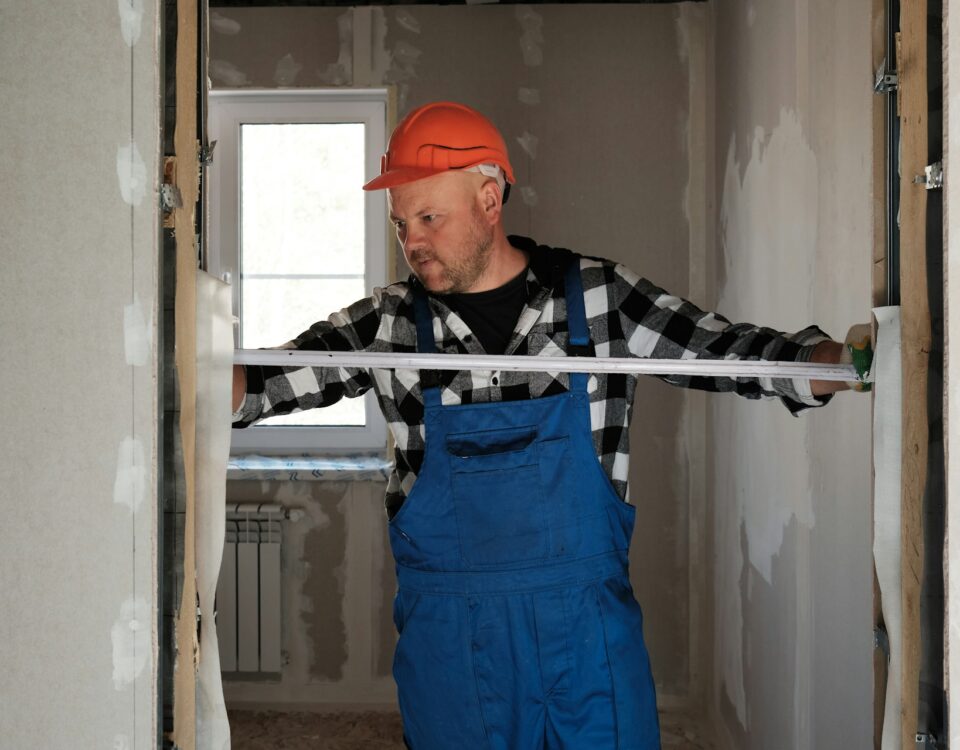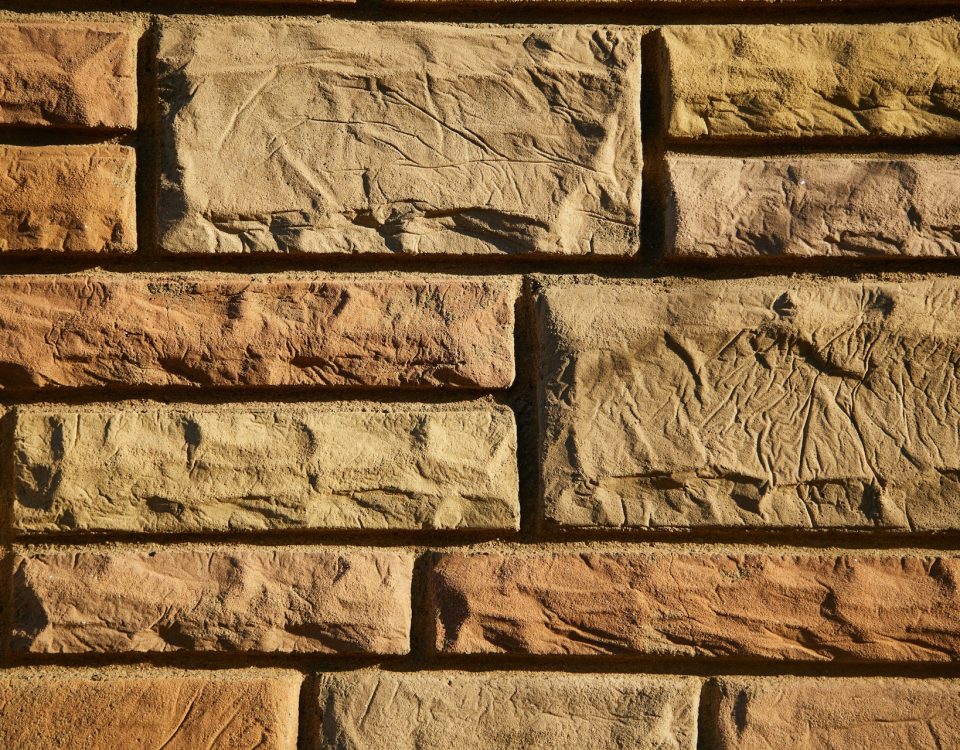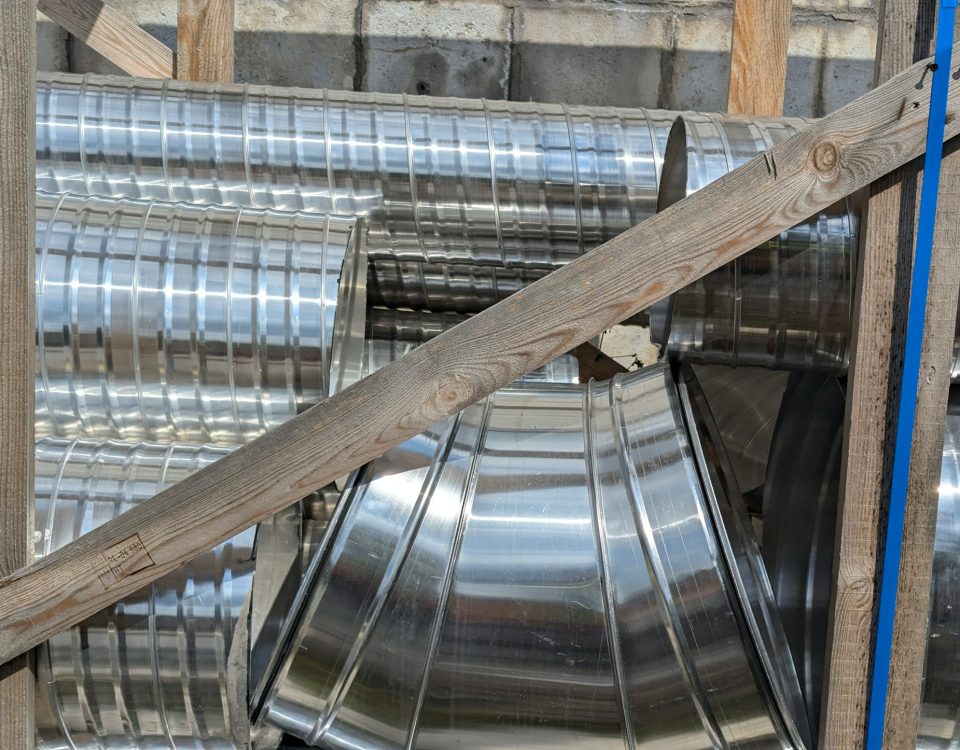When stepping into the world of building projects, selecting the right materials becomes a vital part of the process. In Canada, where the climate varies tremendously across regions, picking suitable materials for insulation cladding projects is even more crucial. These choices directly affect the thermal efficiency, durability, and cost-effectiveness of entire structures. Insulation cladding serves not just as a protective shell but also as a means of energy conservation. With the right materials, buildings can maintain inside temperatures more effectively, keeping heating and cooling costs down.
Aside from energy savings, the right material for cladding boosts the longevity of a building. Facing the harsh winds, rain, snow, and occasionally extreme temperatures of the Canadian climate, structures require protection that can withstand the elements. Proper insulation cladding acts like a tough outer coat that defends the materials underneath. This protective layer can help prevent moisture ingress, resist fires, and reduce noise, ensuring that the buildings remain safe and pleasant spaces for years ahead.
Understanding Insulation Cladding
Insulation cladding might sound a bit technical, but it’s simply the layer of material that wraps around a building to keep it protected and insulated. Think of it as a cozy blanket for buildings that keeps the cold out in winter and prevents too much heat from seeping in during summer. This layer not only saves energy but also protects the building structure from environmental damage.
In a country like Canada, the significance of insulation cladding becomes apparent with the country’s varied climate across different regions. From the snowy mountains of British Columbia to the windy plains of Manitoba, each area has its own weather challenges that cladding helps to tackle. It acts as a shield, buffering the structure from temperature swings, which is particularly important when seasons change and temperatures can dramatically shift overnight.
Here’s how insulation cladding plays a role in construction:
– Energy Efficiency: Keeps interior temperatures stable, reducing the need for additional heating or cooling systems.
– Moisture Barrier: Prevents moisture from seeping in, which can lead to structural damage or mold growth.
– Fire Resistance: Some cladding materials offer extra protection against fire, crucial for building safety.
– Noise Reduction: Helps in reducing the sound that enters or leaves the building, which is handy if you live in a bustling urban area.
Understanding the role of insulation cladding helps in appreciating why the right choice of materials is so important. It’s the quiet guardian, ensuring buildings are liveable, safe, and efficient, all while standing up to nature’s elements and protecting what matters most.
Key Materials for Insulation Cladding
Choosing the right materials is like picking the best ingredients for a recipe. Each option has unique properties that cater to different needs. Let’s dive into some popular choices:
– Fiberglass: Known for its excellent thermal insulation, fiberglass is both lightweight and cost-effective. It’s non-combustible, which adds a layer of safety. However, its fibers can be irritating if they come into contact with skin or lungs, so proper handling is key.
– Foam Board: This material is popular for its high insulation value and ease of installation. It creates an effective barrier against heat loss, which can translate to energy savings in the long run. Foam boards are also known for their moisture resistance. The downside is that they can be more prone to impacts, potentially leading to dents if not handled carefully.
– Mineral Wool: This choice offers a high fire resistance level and can absorb sound well. It’s made from volcanic rock or recycled steel slag, which makes it eco-friendly. Mineral wool is denser, providing significant insulation, but it can be more expensive than other materials.
Selecting the right material depends on various factors, including specific building needs and environmental considerations. A thoughtful approach ensures the cladding not only performs well but also aligns with budget and aesthetic goals.
Factors to Consider When Selecting Materials
When you’re ready to choose the right material, several factors come into play to make sure the choice is practical and effective:
1. Climate Conditions: The local weather heavily influences material decisions. For instance, coastal areas might need materials that resist moisture and salt, while regions with harsh winters might focus on thermal efficiency.
2. Building Usage: Whether it’s a residential home or a commercial building, the usage dictates the material. Commercial structures might require materials with higher durability and fire resistance, while homes might prioritize soundproofing.
3. Budget Considerations: Balancing cost with quality ensures long-term benefits without breaking the bank. Some costlier options might save money in energy efficiencies down the line.
4. Material Compatibility: It’s important that the insulation material works well with existing structural materials. The compatibility prevents issues like condensation or incompatibility damages.
5. Durability: The ability of the material to withstand wear and tear over time. Durability matters especially in high-traffic or extreme weather environments.
Taking these factors into account helps make an informed decision that balances all relevant aspects, ensuring that the project outcomes are satisfactory and align with both practical needs and aspirations.
Benefits of Professional Consultation
Engaging a professional can take the guesswork out of the equation. These experts bring seasoned insights into material properties and performance. Their extensive knowledge affects the overall success of a project, ensuring materials are not just picked randomly but are chosen with precision.
– Customization: Professionals can tailor plans specific to your building’s structure and climate, preventing costly mistakes.
– Expertise: With years of experience, they ensure installations are up to standard, taking into account safety and compliance with building codes.
– Quality Assurance: Professionals often have access to higher quality materials and better pricing, owing to industry connections.
Consider how much more comfortable and secure your space can become with the right professional guidance, ensuring both safety and effectiveness in the insulation cladding installed.
Enhance Your Insulation Cladding Projects
Finding the perfect materials for insulation cladding doesn’t have to be an uphill task. With the right guidance and factors like climate and building needs well thought-out, the whole process becomes manageable. When buildings are properly insulated, they not only bring comfort but also bring peace of mind that they are shielded against the challenges Mother Nature dishes out.
Knowing what’s at stake and taking proper steps leads to productive projects that stand the test of time. Prioritizing quality materials and expert advice ensures that your building remains a safe and efficient haven for many years to come.
Choosing the best materials for your building project is just one step to achieving long-lasting results. By opting for expert insights and quality products, you ensure that your building stands strong against the Canadian elements. If you’re looking to enhance your project’s durability and efficiency, explore our insulation cladding solutions today. Trust Dutech Structures to guide you through expertly executed cladding projects, delivering both protection and peace of mind for your investments.
